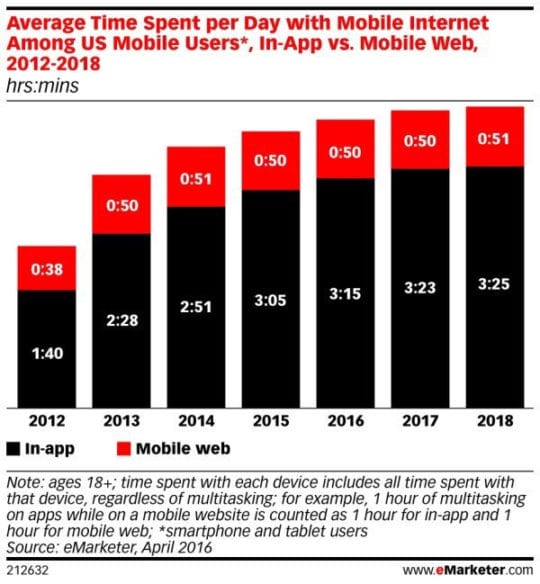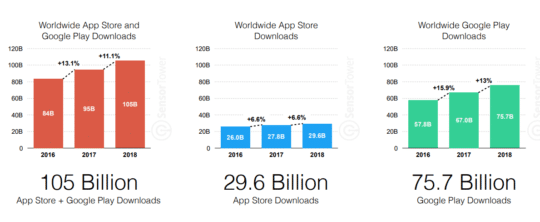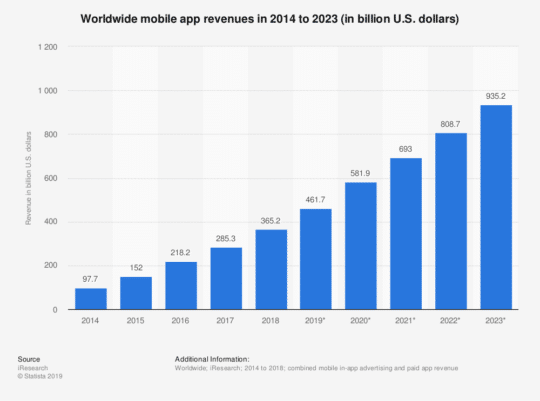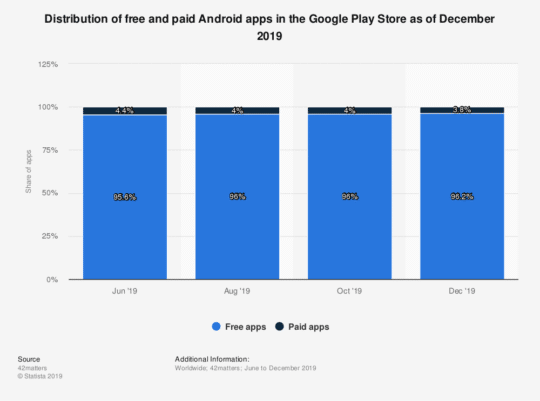There are more than 5 million unique applications in the App Store and Google Play combined. New apps appear regularly as people want more products for nearly everything: communication, gaming, education, work, etc. The growing demand makes the mobile/tablet software market extremely lucrative for developers. Hundreds of software development services and corporations release apps that generate billions of dollars in revenue.
This guide is for all who want to earn with their own applications. If you have an idea or already working app, if you’re going to reveal the best monetization models, if you think about how to maximize earnings, read on. The information will be useful for both newcomers and experts because we make a detailed breakdown of top app monetization strategies, including ads, subscriptions, in-app purchases, and more. Don’t wait. Start your journey now!
Why Apps Generate Huge Revenue
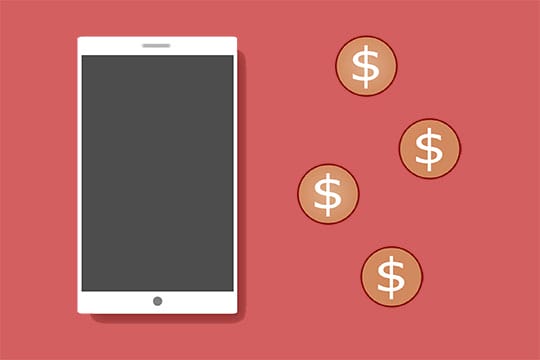
Before diving into the exact techniques, we should convince you that app markets can be profitable, shouldn’t we? Actually, it’s possible to earn with apps even today. Although there are thousands of developers with loyal audiences, modern customers want to get the best of the best.
“Dev studios like us can outperform market giants by delivering demanded apps. They consider apps as a nice interaction channel.” – as mentioned by Dmytro Kazymir, the COO of Diceus.
In 2012, users spent 1:40 hours per day on apps on average. In 2018, this parameter doubled to 3:25 hours. During the same period, the average time spent in web versions increased by 13 minutes only, so apps are kings of customer minds, definitely.
Source: eMarketer.
The next point is about general popularity. According to different sources, the combined number of app downloads in 2018 was from 105 billion to 194 billion. Google Play dominated the market with three-quarters of downloads. Simultaneously, the most demanded apps were ones focused on communication (Facebook, WhatsApp) and entertainment (Netflix, Spotify).
Source: SensorTower.
Finally, let’s take a look at profits. From 2014 to 2018, the global revenue rose from $97.7 billion to $365.2 billion. This period’s CAGR is around 39%. The insane growth will slow down a bit but still remain gradual and positive. By 2023, the revenue will reach $935.2 with 20% CAGR. Simultaneously, the annual growth rate in 2018-2023 will be 28.5%.
Source: Statista.
It should be clear that mobile applications face strong uptrends, so developers can make massive ROI by entering the market. Further, we will talk about how to maximize your revenue.
Recommended for you: How to Avoid the Common Mobile App Development Pitfalls?
App Monetization Models
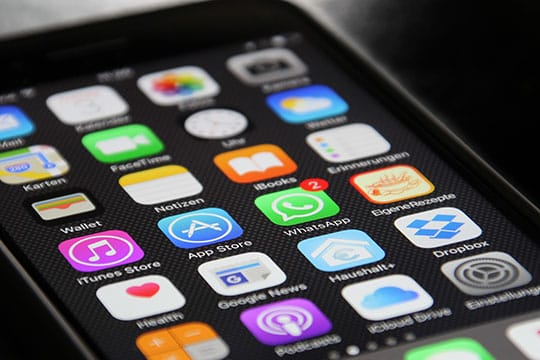
As you already know that apps are popular and profitable, we have only one thing to discuss before moving to monetization approaches. It’s the very concept of monetization. In a nutshell, the term means just what it sounds like: a monetization is a strategy focused on generating profits. When it comes to app monetization, this strategy relies on app users, evidently. Your customers are your source of income.
Still, there are different approaches to converting user time/actions in revenue. To choose the best option, you should clearly understand how your product works, which category it represents, and who are your clients. Some apps are good with specific monetization models and totally bad with other approaches. Some apps suit hybrid strategies, while others require sticking to one plan only. It’s a challenging task to find your perfect way.
With our help, it will be more comfortable. Without further ado, let’s check out the main categories of app monetization!
1. Data Monetization
 We want to begin with one of the most controversial (and, respectively, not as popular) options. Generally, when a user interacts with your application or service, he/she generates a portion of valuable data. It includes time spent in the app, actions made, feedback, etc. This information can be processed to become a part of the Big Data ecosystem. Then, it can be sold to any interested party, from ad networks to blockchain developers.
We want to begin with one of the most controversial (and, respectively, not as popular) options. Generally, when a user interacts with your application or service, he/she generates a portion of valuable data. It includes time spent in the app, actions made, feedback, etc. This information can be processed to become a part of the Big Data ecosystem. Then, it can be sold to any interested party, from ad networks to blockchain developers.
The case with data monetization is in privacy. We all know about the scandal around Cambridge Analytica – a firm that affected various political events around the world using personal info of Facebook users. Thus, if you’re going to earn with data monetization, remember the next vital rules:
- Always ask consent. And make it clear for users. Specify which data types your app gathers and how you can use information. Be honest with customers.
- Leave space for refusers. Of course, there will be people who don’t want to share data. Allow them to use your app, too, so you will not lose the audience.
- Try to anonymize data. Even if a person agrees to share personal details, this consent doesn’t protect you from potential lawsuits. Better, stick to app-only user data.
- Sell quality. One of the most painful problems of Big Data now is lack of clarity. To stand from the crowd, you should cleanse data and even preprocess it.
2. Crowdfunding
 The following exotic way to make money with your app is suitable for extra income, not the main one. Crowdfunding provides for gathering small investments from a large number of people. It’s possible to get funds for initial launch through Kickstarter or receive regular donations through Patreon when the product is live. Nevertheless, crowdfunding doesn’t provide stable revenue so you shouldn’t rely on this option only.
The following exotic way to make money with your app is suitable for extra income, not the main one. Crowdfunding provides for gathering small investments from a large number of people. It’s possible to get funds for initial launch through Kickstarter or receive regular donations through Patreon when the product is live. Nevertheless, crowdfunding doesn’t provide stable revenue so you shouldn’t rely on this option only.
3. Freemium/Subscription Models
 Moving to more traditional approaches, let’s take a look at subscriptions. They are also known as freemium schemes. Using them, app developers offer free downloads but integrate paid subscriptions that open new features, more content, etc. A lot of games are based on the freemium model. As well,
Moving to more traditional approaches, let’s take a look at subscriptions. They are also known as freemium schemes. Using them, app developers offer free downloads but integrate paid subscriptions that open new features, more content, etc. A lot of games are based on the freemium model. As well,
The most important insight for this monetization model is user engagement. Generally, if a customer can find the same content in another app for free, he/she will not subscribe to your paid services. That’s why you should deliver valuable content worth subscribing to. Be sure to balance between free and paid parts, also.

4. In-App Advertising
 This is the most popular monetization model that suits apps with a significant number of users. In a nutshell, a developer can add one or more ads into the product to earn from views, clicks, or actions. These ads may appear at any time and in any part of the screen, so the approach is extremely flexible. Ads are simple and can generate high income, but they also may be annoying for users, so it’s crucial to know how to place this content. Some authors connect ads to rewards so customers can get some benefits from watching them.
This is the most popular monetization model that suits apps with a significant number of users. In a nutshell, a developer can add one or more ads into the product to earn from views, clicks, or actions. These ads may appear at any time and in any part of the screen, so the approach is extremely flexible. Ads are simple and can generate high income, but they also may be annoying for users, so it’s crucial to know how to place this content. Some authors connect ads to rewards so customers can get some benefits from watching them.
There are a few forms of ads:
- Banner. It can be placed in a small area without the distraction of users.
- Interstitial. Occupy the entire screen, making it impossible to miss the offer.
- Native. Well-designed ads that users perceive as a natural part of the app.
- Video. Short movies that promote the app itself or affiliate products/services.
- Text. Simple text parts integrated into the interface or articles.
Apart from traditional types, app developers also can opt for sponsorships. This model provides for only one advertiser that engages your users. Thus, the app will promote only one partner. Sponsorships could be great if you were lucky to find a partner from your industry so that customers will see relevant ads or even native content.
5. In-App Purchases
 It’s another common way to monetize applications. It stands for buying specific items or services in the app for real cash. In general, it divides into two big categories:
It’s another common way to monetize applications. It stands for buying specific items or services in the app for real cash. In general, it divides into two big categories:
- Consumables. In-game currency, points, boosters, multipliers – all these things can be purchased with real money and activated or exchanged for various bonuses. They work only once, so users have to invest regularly to get more.
- Non-consumables. Premium features, extra items, decorations – these parts are purchased once and used forever. Users can buy weapons in games or premium access to curated articles in news apps, for example.
Purchases and subscriptions that we’ve mentioned above are pretty similar. The main difference is in scope. It’s possible to get the full experience without purchasing in-app stuff at all. Simultaneously, subscription-based apps are limited in functionality/experience when you use only free plans. Moreover, in-app purchases are more focused on consumable things like virtual currencies, while subscriptions are more about premium content.
6. Paid Downloads
 This is the oldest monetization model that slowly rots off. According to it, a developer sets a specific price of the app that must be paid before downloading. Thus, users can’t check how things work (like in the freemium model) but also get everything at once, without ads and extra purchases. While this model remains popular in categories like Photo, Productivity, and Navigation, the majority of applications today are free to download.
This is the oldest monetization model that slowly rots off. According to it, a developer sets a specific price of the app that must be paid before downloading. Thus, users can’t check how things work (like in the freemium model) but also get everything at once, without ads and extra purchases. While this model remains popular in categories like Photo, Productivity, and Navigation, the majority of applications today are free to download.
Source: Statista.
7. Transaction Fees
 The latter monetization approach is unique for apps that allow transactions between users. Platforms like currency exchanges or online marketplaces can benefit from this option greatly. The idea is to take a certain percentage from each deal between customers, e.g. purchasing/selling items, exchanging money, etc. Transaction fees are suitable for big audiences, but it’s vital to keep them low enough to retain users and high enough to earn something.
The latter monetization approach is unique for apps that allow transactions between users. Platforms like currency exchanges or online marketplaces can benefit from this option greatly. The idea is to take a certain percentage from each deal between customers, e.g. purchasing/selling items, exchanging money, etc. Transaction fees are suitable for big audiences, but it’s vital to keep them low enough to retain users and high enough to earn something.
Bonus: Hybrid
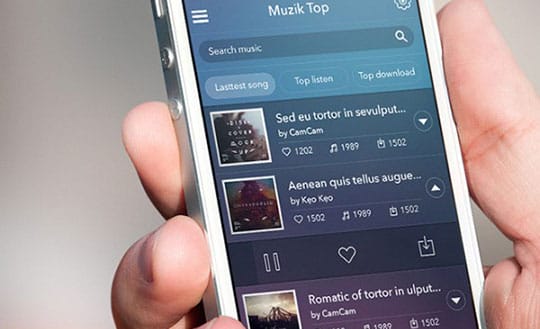
Well, it seems that we didn’t touch one particular monetization model. Hybrid strategies combine different options to get the maximum profit. Here are a few examples:
- Anything + data monetization. In this case, data acts as a multiplier. When you gather and analyze customer information, you can understand how to improve the application and make it more attractive. Thus, users will engage more. As a result, your app will generate more revenue from the primary source: ads, purchases, paid downloads, etc.
- Freemium or in-app purchases + ads. It’s a familiar duo that generates revenue from two sources. On the one hand, users who get a free version will see ads. On the other hand, they will be able to purchase a premium subscription and disable all these advertisements. The same is possible to do via in-app purchases.
- Paid downloads + in-app purchases. While this pair can scare users off, it also can generate the highest revenue possible. We suggest using it only when you’re sure that both your app and in-app content are so unique that customers will pay before downloading and keep paying for in-app stuff.
Of course, not all applications can be based on hybrid models. Sometimes, even two monetization options are too much. To avoid issues, you should understand your clients and the limits of their loyalty.
You may also like: Things You Should Know Before Developing a Travel App.
The Best Approach to App Monetization
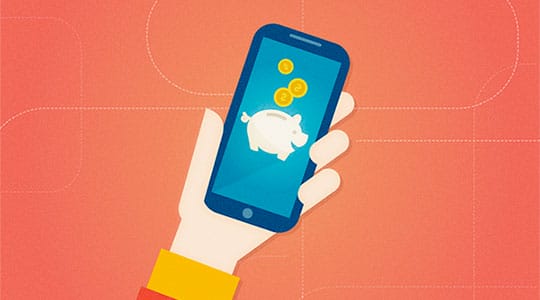
Overall, each strategy can be rewarding if you implement it correctly. Even totally free applications can generate income thanks to donations from customers who appreciate the lack of fees or ads. However, it’s better to choose one or a few monetization models that suit your application, integrate them, and evaluate results. The main challenge is to find a balance between user satisfaction and your revenue.
There isn’t one ultimate approach that works for all apps. To find it, you should understand both your product and audience. Check cases of competitors, look at trends in app stores, try different models, and choose one that has the best KPIs. For example, native ads with relevant content that doesn’t annoy users plus some in-app purchases with valuable things can work fine. Careful data monetization is proper, too. Try it and find your way!
